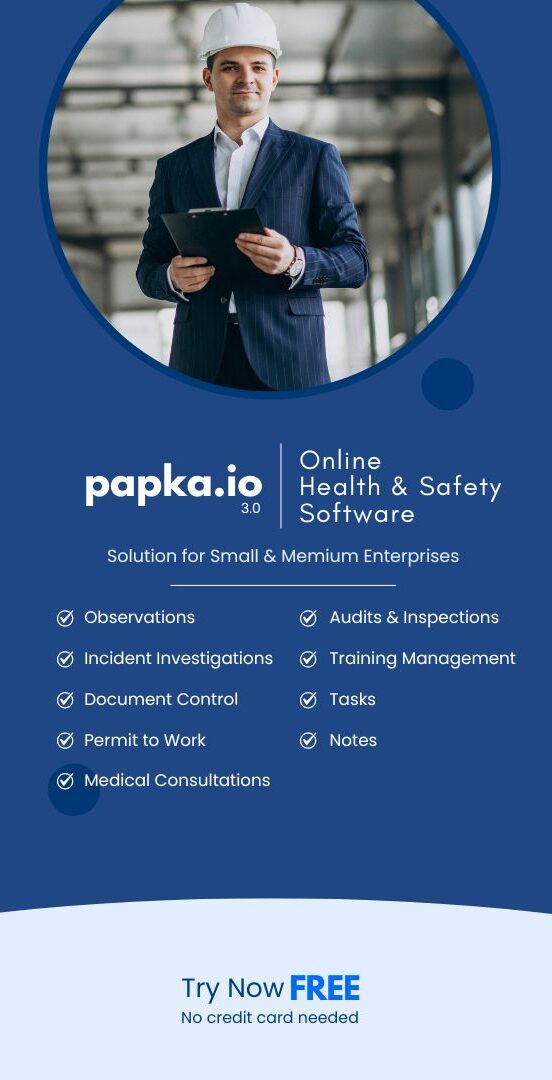Schooling Risk Assessment
Training is a process of acquiring knowledge, skills, and abilities in a specific area. The goal of training is to improve the performance and productivity of individuals or organizations by developing and enhancing their capabilities. Training can take many forms, including on-the-job training, workshops, seminars, online courses, and formal education programs. The training process typically includes an assessment of the trainee’s current knowledge and skills, the development of a training plan, the delivery of training content, and an evaluation of the trainee’s progress and performance. In many organizations, training is seen as a critical component of employee development and is an important investment in the future of the business. Training can help employees stay up-to-date with the latest technologies, improve their job performance, and increase their value to the organization.
Operations
Hazards
Controls
Recovery Measures
Good Practices
Incidents
Gallery
…

